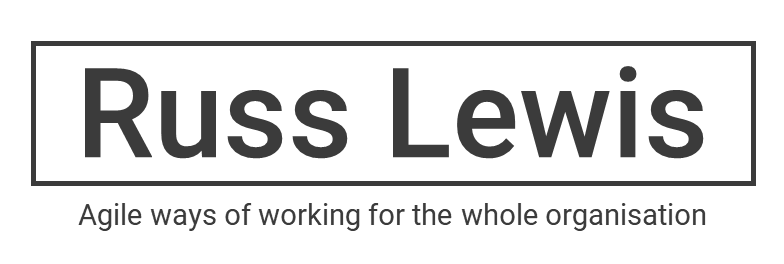Introduction
The future of leadership is Agile
There are many different types of leadership styles and not all work well in every situation. The most popular method, the "Command and Control" style which has been dominant for centuries, may be on its way out as research shows that this type of leadership does not foster creativity or innovation among employees. This type of strategy relies heavily on a top-down hierarchy where orders are given from the leaders to followers who carry them out without question, often resulting in people being afraid to speak up because they don’t want to sound stupid. In contrast, Agile Leadership fosters autonomy by empowering teams with decision making power so they feel free to take risks and innovate without fear of reprisal if their ideas
Agile Leadership
Agile Leadership is a team-based approach to leadership that has been shown to be effective in many different environments. It operates on the idea that "self-organizing" teams are more productive, innovative and creative when given the freedom to make decisions in a timely manner. Agile Leadership is not a specific type of leadership style, but rather a framework that can be used in conjunction with any style.
What are the benefits of Agile Leadership
There are many different styles of leadership and not all work well in every situation. The most popular style, the "Command and Control" style which has been dominant for centuries, may be on its way out as research shows that this type of leadership does not foster creativity or innovation among employees. This type of strategy relies heavily on a top-down hierarchy where orders are given from the leaders to followers who carry them out without question, often resulting in people being afraid to speak up because they don’t want to sound stupid
In contrast, Agile Leadership fosters autonomy by empowering teams with decision-making power so they feel free to take risks and innovate without fear of reprisal if their ideas fail.
Agile Leadership Examples of companies using this method for success
There are many companies that have successfully implemented Agile Leadership and seen great results. Some of these companies include Google, Amazon, Apple, Netflix and Samsung. All of these companies are known for their innovation and creativity, which is a direct result of their use of Agile Leadership.
Conclusion
Agile Leadership is a team-based approach to leadership that has been shown to be effective in many different environments. It operates on the idea that "self-organizing" teams are more productive, innovative and creative when given the freedom to make decisions in a timely manner. Agile Leadership is not a specific type of leadership style, but rather framework which can be used with any other style. There are many benefits of implementing this method including increased productivity for employees, lower turnover rates among staff members and an improved employee morale as they feel empowered by their work. If you're looking for ways to improve your business's culture or performance at work then consider trying out some agile leadership strategies! The future of leadership may very well belong to those who have mastered.







